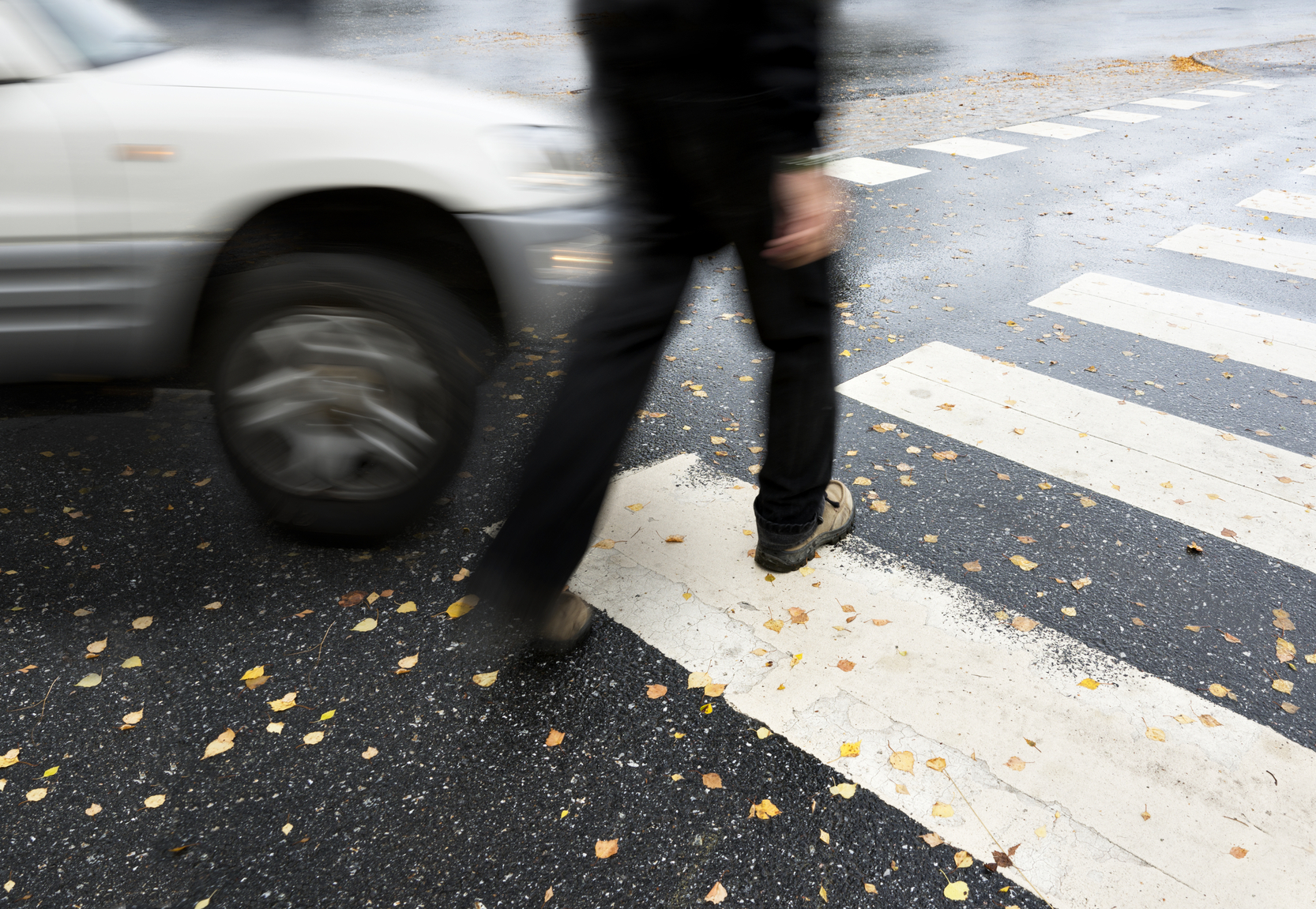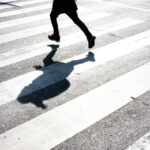The benefits of walking are many and well known. Research has shown that people who walk regularly are in better shape and have a reduced risk of negative health issues like heart disease. What’s more, walking is a cheap way to get around.
Because of these benefits and others like them, cities around the country have spent significant time and energy trying to make their streets as walkable as possible. While some have done better than others, there is still a long way to go.
For cities looking to become more pedestrian-friendly, here are eight affordable ways to do so.
Lawn Signs
One of the cheapest ways cities can increase safety for pedestrians is by encouraging residents to place traffic-relevant signs on their front lawns. Drivers will see the signs and be reminded of the presence of children and others who might be walking on the road.
Slow-Speed Zones
In addition to lawn signs, cities can create slow-speed zones replete with signage showing the lower speed limit. Many European cities and an increasing number of American towns and cities have designated residential neighborhoods and business districts as “low-speed areas” to great effect.
When cars drive 20 mph or less, pedestrians are much safer. Implementing a slow-speed zone might take some initial effort and will cost more than lawn signs, but the payoff in terms of pedestrian safety is huge.
Lighted Crosswalks
When crosswalks are not lighted it can make it much more dangerous for pedestrians to cross the road—especially at night. This is a somewhat more expensive infrastructure project as it requires electricity, light poles, and bulbs in addition to regular maintenance. However, if done well, it can make an intersection safer and more aesthetically pleasing.
Outdoor Pedestrian Malls
One idea that will take more political muscle than anything else is blocking off a road permanently and creating an outdoor pedestrian mall. Iowa City has its Ped Mall and Minneapolis has Nicolette Avenue which is closed off to all traffic except taxis. Roads that restrict driving are a great way to keep pedestrians safe. They have the added benefit of becoming economic engines that attract people to the shops and restaurants found in the area.
Of course, they can disrupt the flow of traffic significantly and maintenance can be costly over time.
More Bike Lanes
Bike safety and pedestrian safety often go hand in hand. When there are more bike lanes it creates a buffer between cars and pedestrians. This buffer keeps pedestrians far safer than when one doesn’t exist.
Automatic Walk Stoplights
Many stop lights require pedestrians to push a walk button in order to be given the green light to cross. This can actually cause problems, especially if a walker doesn’t push the button “in time.” In many cases what will happen then is the pedestrian will cross the street without the green light, putting themself at significant risk.
Automatic walk signals take away the push button and give a green crossing light to pedestrians every time parallel traffic has a green light. This ensures that walkers and drivers are always on the same page.
Sidewalk Improvements
There is a lot cities can do to sidewalks to make them safer for pedestrians. Everything from keeping them well maintained to widening them will all make a difference.
“Yield to Pedestrians” Signs
Adding more “yield to pedestrians” signs that are clearly visible can help keep pedestrians safe. These signs, which aren’t overly expensive to purchase and install, give drivers a reminder to watch out for pedestrians.


